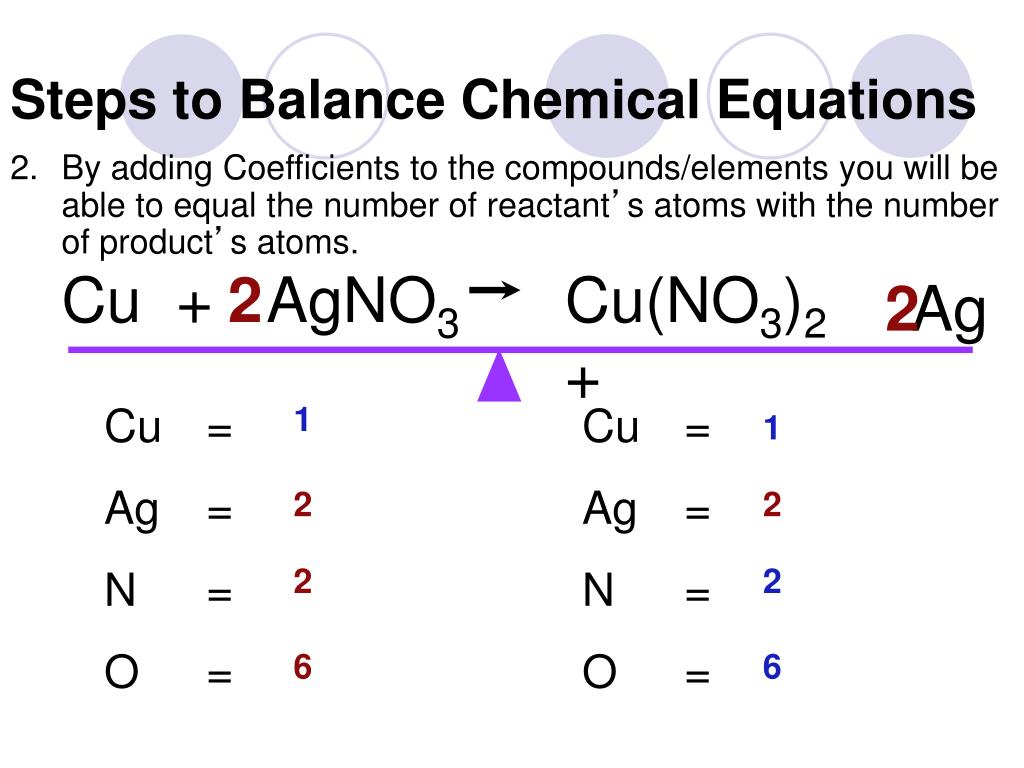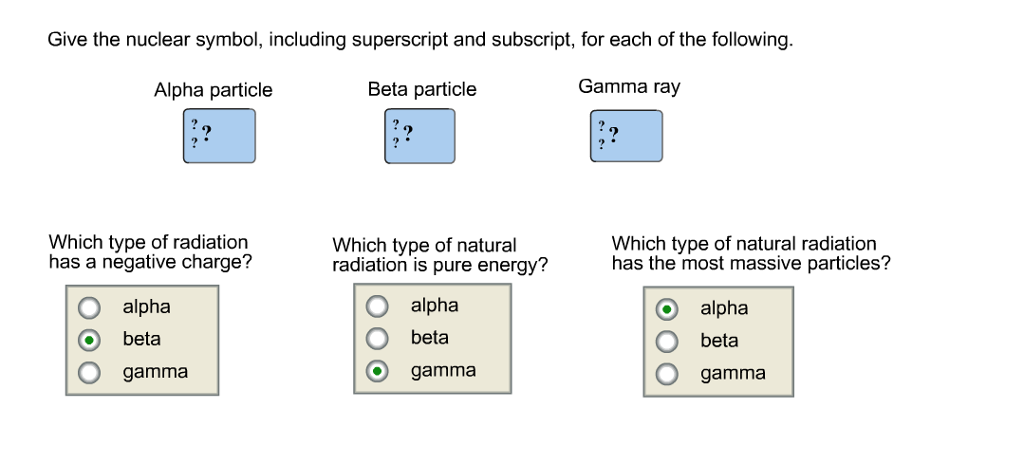
"Measured between 2000-2011, not 1999-2010 like the rest of the data" or "Source: UN Data"). You might want to explain where certain data points come from or make notes about them (e.g. Here are other Unicode symbols that you can copy to your chart: Symbol But the trademark symbol also has its own Unicode symbol, which we recommend using instead to make sure it looks the same everywhere: company ™. It's possible to use superscript letters to form the trademark symbol (like so: companyᵀᴹ).

Here are the Unicode subscript and superscript numbers for you to copy: Numberīesides numbers, there are also Unicode superscript letters: It's most likely you'll want to use numbers when using subscript or superscript. Here's a list of Unicode characters that you can copy and paste directly into your data: Numbers It is also possible to use the HTML tags and in your data, but To use them in Datawrapper, copy them and then paste them in your data. Here, the word "vex" is translated into superscript and subscript. To translate text into Unicode characters, use the Tiny Text Generator (external link) or copy the characters from the tables below. In Datawrapper, you can use subscripts and superscripts with Unicode characters that you copy and paste into your data. Here's an example of how subscripts and superscripts look in a Datawrapper chart: How to display subscripts and superscripts There are many reasons to use them in charts - for example, in footnotes or for chemical and physical formulas. Superscripts are characters set above the normal line of type (e.g., in 2ⁿᵈ) and subscripts are characters set below (e.g., in Cᵥₑₓ).

How to use superscript, subscript, and footnotes in Datawrapper


 0 kommentar(er)
0 kommentar(er)
